When it comes to selecting the perfect tile for your residential or commercial project, the debate between ceramic and porcelain tiles often arises. Both options offer an array of benefits and come with their own set of distinct characteristics. In this article, we will explore the differences between ceramic and porcelain tiles to help you make an informed decision. 1. Composition and Durability: Ceramic tiles are made from a mix of clay and other natural materials. They are kiln-fired at lower temperatures, resulting in a more porous and less dense tile. On the other hand, porcelain tiles are fired at very high temperatures, making them denser and less porous. This composition makes porcelain tiles highly durable and resistant to scratches, cracks, and moisture, making them suitable for high traffic areas. 2. Water and Stain Resistance: Porcelain tiles have a lower water absorption rate (less than 0.5%) compared to ceramic tiles (greater than 0.5%).
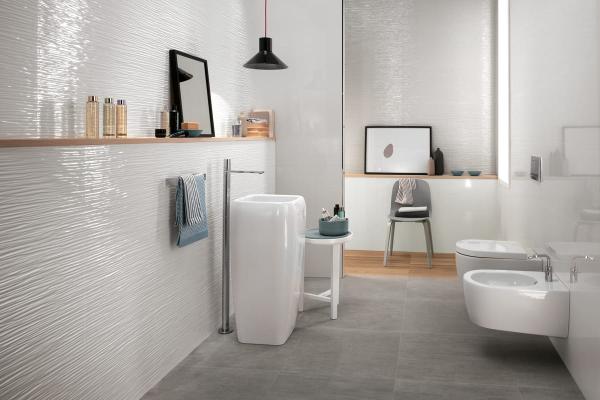
.
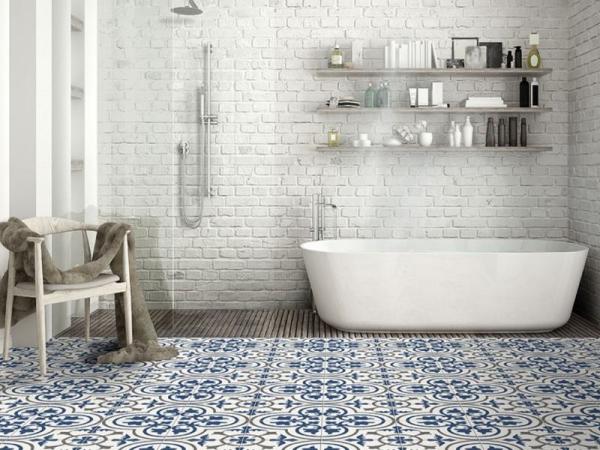 This inherent characteristic makes porcelain tiles more resistant to water damage and stains, making them ideal for areas prone to moisture, such as bathrooms, kitchens, and outdoor spaces. Ceramic tiles, although slightly more porous, can also be successfully used in moderately wet areas with proper sealing. 3. Esthetics and Versatility: Ceramic tiles offer a wide range of design options, with various colors, patterns, and textures available. They can mimic the look of natural stone, wood, or other materials, providing versatility in design. Porcelain tiles, on the other hand, offer a more refined and sophisticated look. With advanced printing technology, porcelain tiles can replicate the look of marble, granite, or even cement, adding a touch of elegance to any space.
This inherent characteristic makes porcelain tiles more resistant to water damage and stains, making them ideal for areas prone to moisture, such as bathrooms, kitchens, and outdoor spaces. Ceramic tiles, although slightly more porous, can also be successfully used in moderately wet areas with proper sealing. 3. Esthetics and Versatility: Ceramic tiles offer a wide range of design options, with various colors, patterns, and textures available. They can mimic the look of natural stone, wood, or other materials, providing versatility in design. Porcelain tiles, on the other hand, offer a more refined and sophisticated look. With advanced printing technology, porcelain tiles can replicate the look of marble, granite, or even cement, adding a touch of elegance to any space.
..
 4. Maintenance and Longevity: Porcelain tiles are incredibly low maintenance. Their dense composition and low porosity make them resistant to dirt, stains, and bacteria. Regular sweeping and occasional mopping are usually enough to keep porcelain tiles looking pristine. Ceramic tiles, while also easy to maintain, may require more attention in terms of sealing and periodic cleaning to prevent staining. 5. Pricing and Installation: Traditionally, ceramic tiles are more affordable compared to porcelain tiles. However, this price difference has diminished in recent years due to advancements in manufacturing techniques. Both options come in various price ranges depending on the quality, design, and brand.
4. Maintenance and Longevity: Porcelain tiles are incredibly low maintenance. Their dense composition and low porosity make them resistant to dirt, stains, and bacteria. Regular sweeping and occasional mopping are usually enough to keep porcelain tiles looking pristine. Ceramic tiles, while also easy to maintain, may require more attention in terms of sealing and periodic cleaning to prevent staining. 5. Pricing and Installation: Traditionally, ceramic tiles are more affordable compared to porcelain tiles. However, this price difference has diminished in recent years due to advancements in manufacturing techniques. Both options come in various price ranges depending on the quality, design, and brand.
…
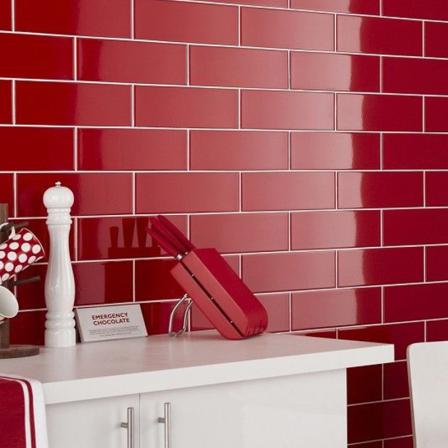 When it comes to installation, both ceramic and porcelain tiles require professional installation to ensure proper sealing, leveling, and grouting. Conclusion: Choosing between ceramic and porcelain tiles ultimately depends on your project requirements, budget, and personal aesthetic preferences. Porcelain tiles are known for their durability, water resistance, and refined appearance, making them a popular choice for high-traffic areas and wet spaces. Ceramic tiles offer more design options at a lower price point while still providing functionality and beauty. Consider your needs and consult with professionals to make an informed decision that meets your project’s goals.
When it comes to installation, both ceramic and porcelain tiles require professional installation to ensure proper sealing, leveling, and grouting. Conclusion: Choosing between ceramic and porcelain tiles ultimately depends on your project requirements, budget, and personal aesthetic preferences. Porcelain tiles are known for their durability, water resistance, and refined appearance, making them a popular choice for high-traffic areas and wet spaces. Ceramic tiles offer more design options at a lower price point while still providing functionality and beauty. Consider your needs and consult with professionals to make an informed decision that meets your project’s goals.
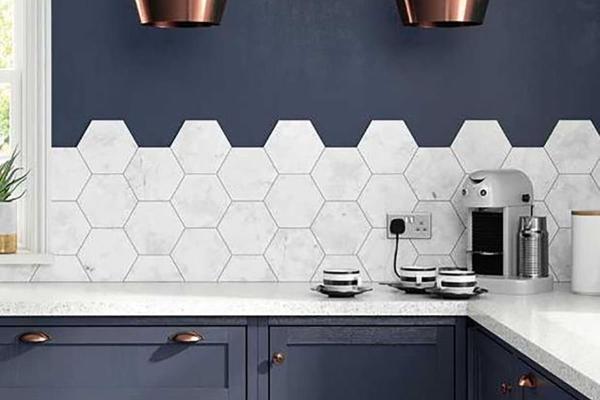
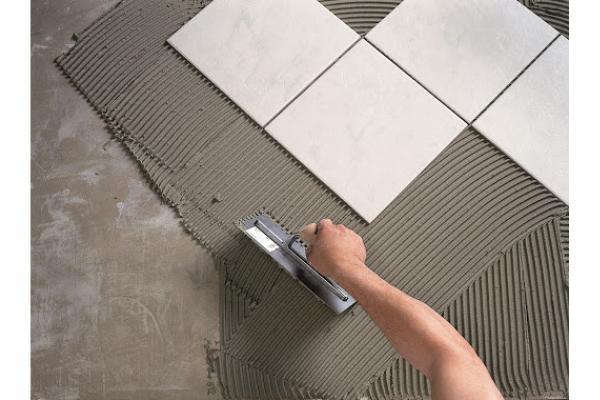
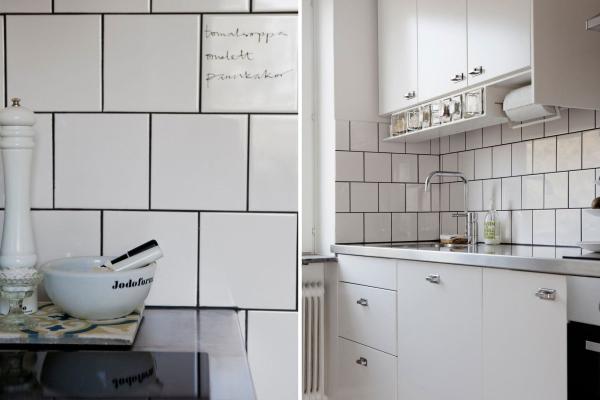
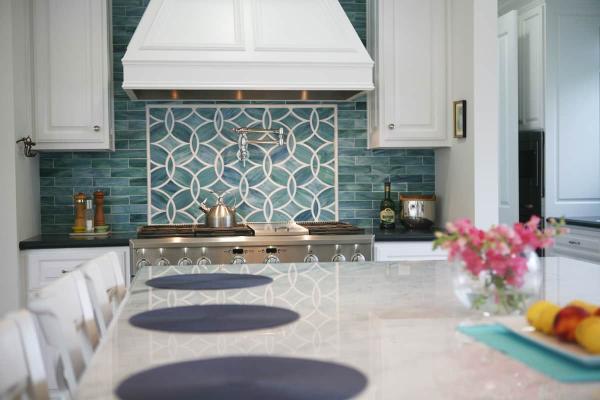
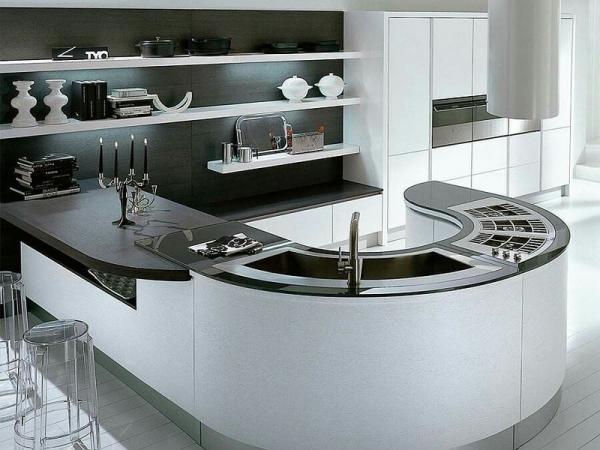
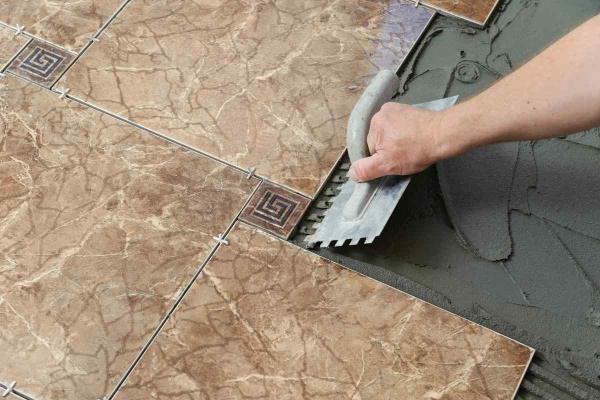
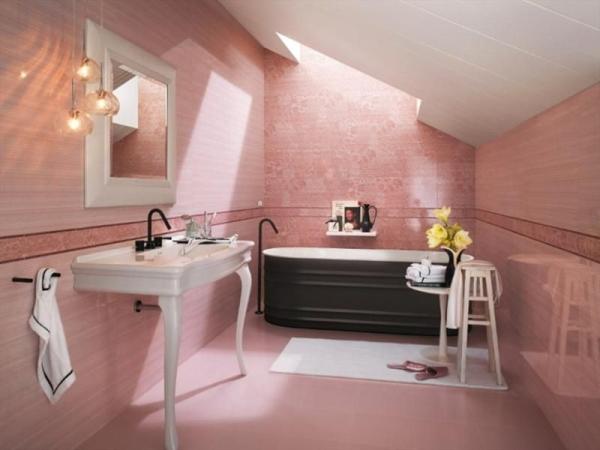
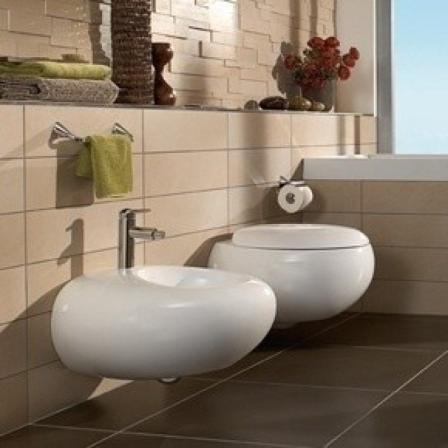

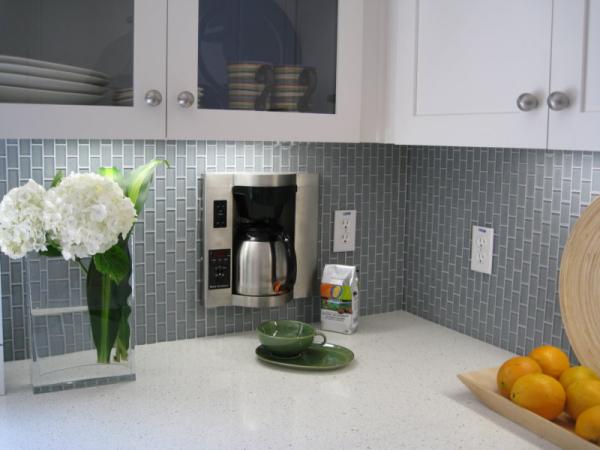
Your comment submitted.